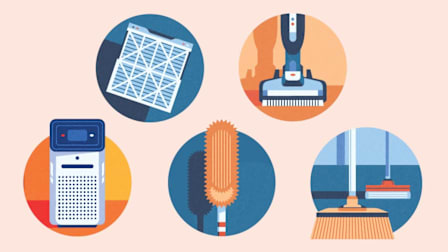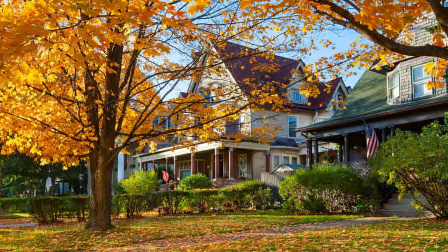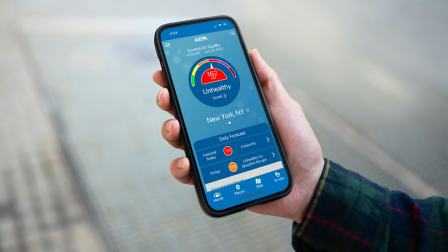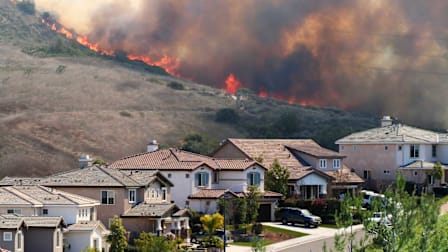Best Air Filters for Dealing With Wildfire Smoke in Your Home
Follow CR's advice for improving indoor air quality with filters for your HVAC system
When you shop through retailer links on our site, we may earn affiliate commissions. 100% of the fees we collect are used to support our nonprofit mission. Learn more.
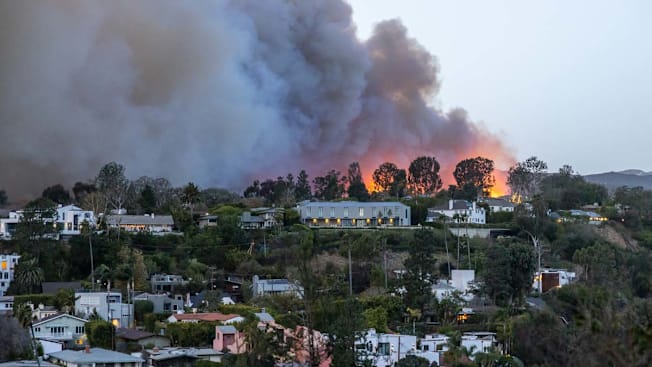
In Southern California, more than 400,000 residents are under evacuation orders or warnings due to some of the worst wildfires in recent history. The situation seems likely to continue to devolve—and it isn’t isolated to California, either. The National Interagency Fire Center recorded 387 different wildfires in the first nine days of 2025.
That said, you don’t have to live in a wildfire zone to experience the bad effects of wildfire smoke—which can drift for hundreds, if not thousands, of miles, bringing unhealthy air conditions as it travels.
Best Air Filters for Smoke Removal
Here are four air filters from our tests that earn top scores for smoke removal when used at high speed.
More Ways to Keep Smoke Out of Your Home
In addition to using a high MERV filter in your HVAC system, follow these additional steps to keep healthy air in your home and smoke out.
What to Do Now if There’s Smoke in Your Area
• Keep all doors and windows closed.
• If air is seeping in around windows and under doors and you don’t have caulking or the other supplies you need to seal them, use duct or package tape to tape around your window frame where you feel a draft, and put towels in front of the doors.
• Even if you don’t need your central air conditioning for cooling, you can run just the fan on your HVAC system on a low setting to filter the air in your home. If your system has a fresh air intake, close it or set the system to recirculate to avoid drawing in bad outdoor air.
What to Do Before the Next Wildfire
Wildfire season seems to be getting longer, but when one subsides, there are a number of things you can do to prepare for the next one, Hamerly says.
• Seal all leaks. Walk around the house to see where you feel drafts, usually around windows and doors.
• Use caulk to seal your windows and doors from both the inside and outside. (You’ll need different types of caulk for the interior and exterior; ask at your hardware or home improvement store.) Always remove the old caulk before replacing it with new. Covering loose caulk is an exercise in futility because it won’t seal the leak.
• Consider upgrading your air filtration system. In our tests, we found that thicker air filters were more effective at removing impurities. If your system accommodates the basic 1-inch-thick filter, you’ll need to have a pro install a larger filter box to accommodate a thicker size.





























